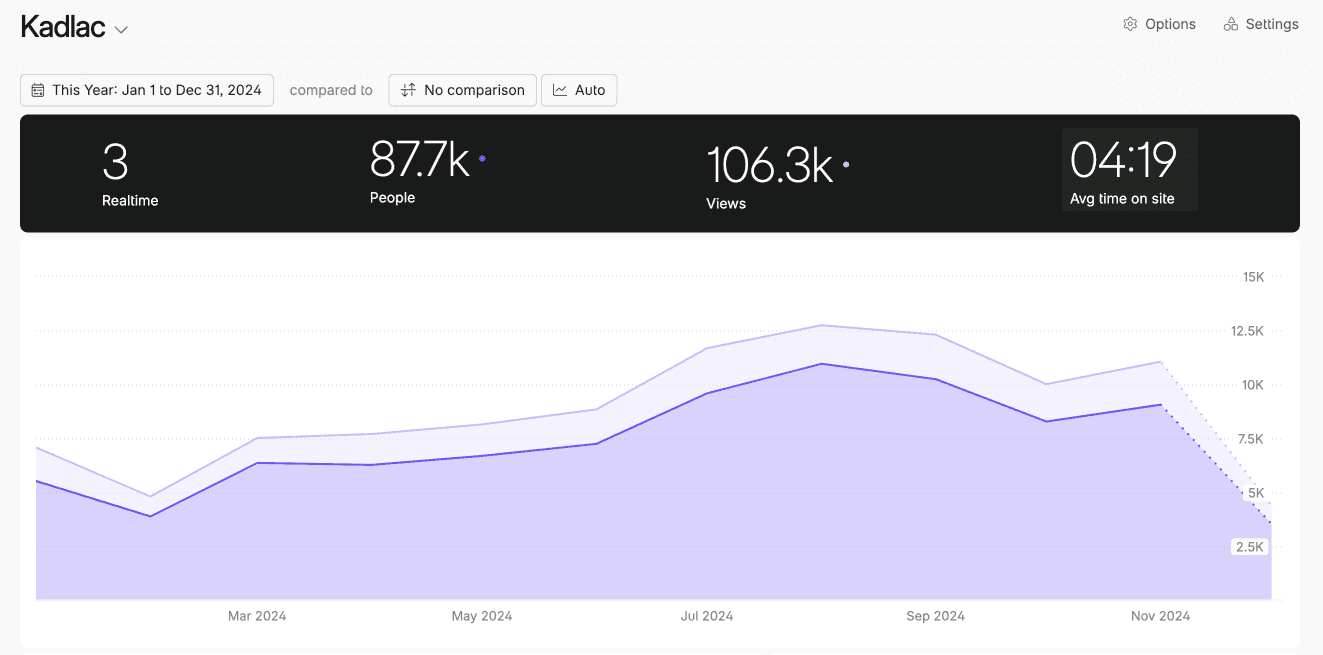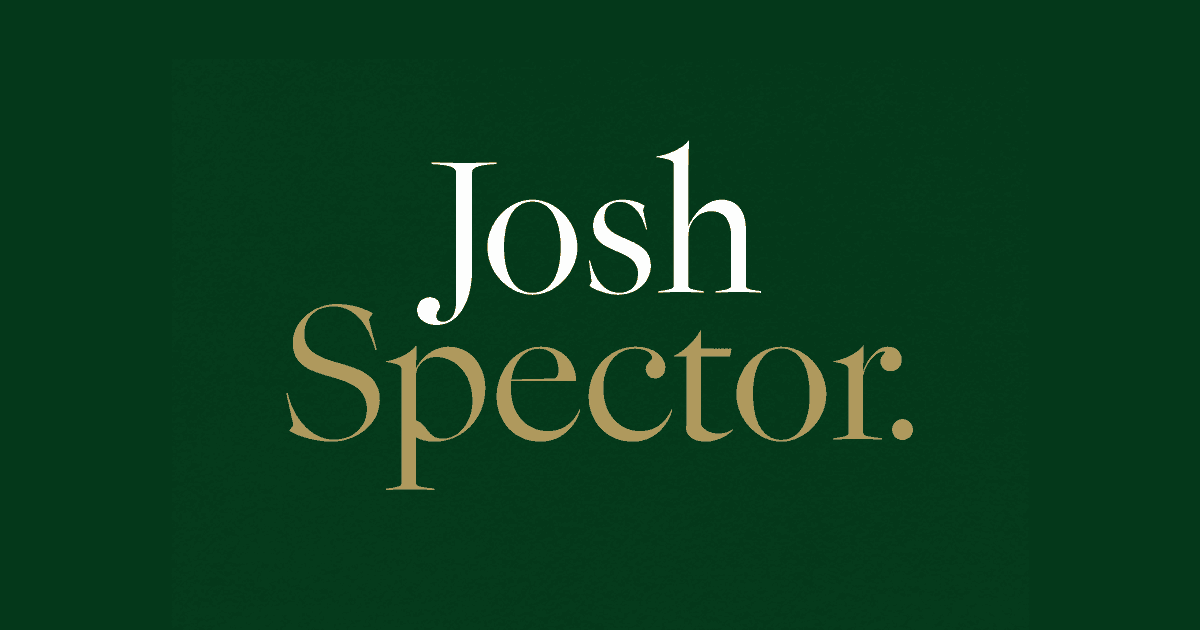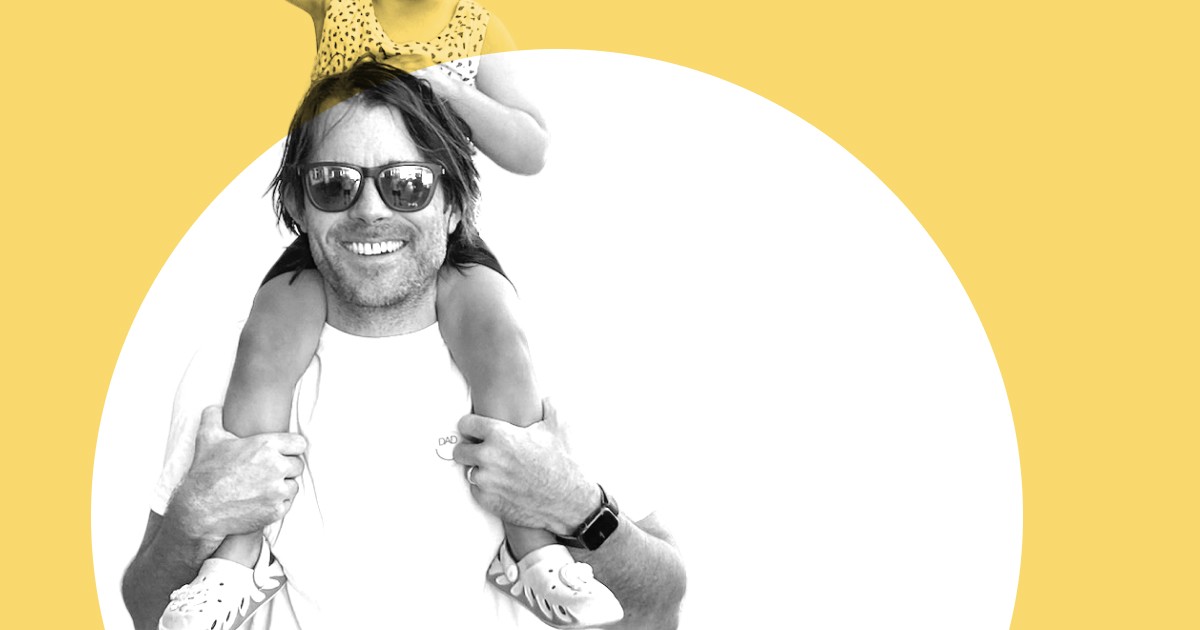How applying the KonMari method to your creative life lets you quickly find inspiration from the books you read, the articles you curate, or the quotes you have saved.
Oct 18, 2022

I’ve moved nine times in nine years. The spark that ignited this series of moves started when I promptly sold my condo.
Growing up in the Midwest, a comfortable life is one I was taught to seek. Find a stable job, marry young, and sink your savings into a new house. Let’s just say that did not go according to plan.
A comfortable life seemingly sprouts out of nowhere. It’s a slow, methodical practice of entrenching and accumulating. I was well trained for it. The long winters I played victim to year after year is something to fear. It’s survival of the fittest, and the tendency to seek comfort is part of our genetic makeup.
Standing in line at a grocery store, I’d think about mundane house activities like my poorly painted walls, the nicks in the molding no one cared about, and how I needed to buy a chair for the corner of the bedroom. Not to sit in. But because the color splash would look cool.
At the same time, I was building products, freelancing for startups, and trying to stay creatively lit. I was being pulled by opposite forces; the tug to sustain the mortgaged life, and the ‘Choose Yourself’ mindset which required sacrifice and flexibility.
In the same way a house can slowly become a junkyard of unnecessary parts, our messy minds are filled with digital junk, distracting us from reaching our creative potential.
Just before putting my house up for sale, I asked myself “Is it possible to become more creative with less?”
KonMari and the art of decluttering
“When you put your house in order, you put your affairs and your past in order, too.”—Marie Kondo
Within weeks of selling my condo, I went into survival mode. I sold most of my personal belongings, each one lifting a small weight from my life. I quickly moved into a tiny room of a friend’s house, with nothing except for my art and my books. I went from waking up in a king-sized bed to feeling like I was the court jester sleeping in a quarter-sized room.
I looked for ways to invest in myself versus spending what I had on a leveraged expense. I wanted the new resources I had to feel more tangible. I read everything I could. I traveled more. I designed and built products freely with others in my community.
I didn’t yet realize I was resetting my life to chase feelings that sparked joy.
Most of us get tidying wrong. It’s easy to collect over time, slowly building up our base of mostly unnecessary bulk. And at some point, our closets are bursting at the seams, pushing us into optimizing storage and organization. Storage experts are secretly hoarders.
This trap is easy to fall into. You forget about the important things you have when they’re mixed in with the unimportant. Photos that inspire you shouldn’t be boxed away with the ones that don’t. Quotes that move you shouldn’t be forgotten about because they’re lost amidst the clutter.
Marie Kondo asks us for perfection. The slow pace at which we reduce cannot keep up with the pace we accumulate. We must empty our bins fully and declare digital bankruptcy to reveal the hidden gems.
Clearing your creative junkyard
“Start by discarding, all at once, intensely and completely.”—Marie Kondo

Creativity is something to be cared for and nurtured. It’s sacred, fun, playful, and requires a bit of darkness to manifest itself into something useful.
Creativity can be found in the spaces of our minds that have been dormant, waiting to be woken up from its slumber. It might require a spark, ignited by an idea or object that unconsciously captures our imagination.
Like fire, our creative ideas need oxygen; fresh air to breathe life into.
To create space for those sparks, it can be useful to clear the abundant cache of existing thoughts. The average person has between 12,000 to 60,000 thoughts per day—95% of which are repetitive.
If we don’t make an effort to clear our junk filled minds, thoughts lay dormant, decaying like fossils.
Writing out your thoughts
Our minds are filled with open loops. An open loop for me is this article that I’m writing right now. My mind is actively engaged in this activity. A quick way to close the loops of existing thoughts is by writing them out.
Author Julia Cameron of The Artist’s Way asks us to write every morning without fear of quality or accuracy. Just write three pages. By writing out the ideas and thoughts in our mind, we reset each day anew. We close the open loops that existed, giving us a fresh canvas to work with.
We all have projects we’re working on, to-do’s to think about, and articles we’re reading. By writing down everything on your mind right now, you’re closing those loops, allowing for new creative ideas to surface and fill those spaces.
Keep what sparks creative joy
“The criterion is, of course, whether or not it gives you a thrill of pleasure when you touch it.”—Marie Kondo
While we can’t physically touch every digital artifact, we can give it a second look to make sure it captures our attention, in the same way holding onto a souvenir might.
We are in a battle for our creative attention. Social networks are intentionally designed to draw us into their spider web, taking joy in watching us struggle to free ourselves. Platforms like this require an on/off toggle. Not permanently, but every now and then we should declare social bankruptcy to regain some clarity.
The newly created spaces we formed after clearing our minds open loops give us an opportunity to change what we feast upon. Do we only want to binge all day on the Dorito’s of the content world, or would we rather make time and space for an incredible sit-down dinner with fresh ingredients, locally sourced from a location we trust?
What’s at risk is our creative energy to make change in the world.
Too easily are we snacking away at what precious time we’re given. We have that choice, and it’s time to make hard decisions about what we decide to digest.
Social platforms
Listen to the energy and mood of your mind when logging on to one of these platforms. Does it spark joy, or give you anxiety? One reason we stay on these platforms is because of FOMO. It’s real, but unnecessary. Are these platforms keeping you from owning your own creative spaces?
First, you could delete your account, but most of us won’t. If you decide to keep your account, one way to change your behavior for a social platform like Instagram is to delete all accounts that you follow. Start from scratch.
Then, use the platform to inspire and only follow the accounts that truly spark joy, not ones that send you down an endless loop of mediocre photography.
The same method could be applied to Twitter, Facebook, and others. Are they contributing to your creative endeavors or are they distracting you?
Use Twitter Lists as a way to curate certain profiles you want to follow. Use the mute feature on Instagram to dismiss their uninspiring daily life, without having to feel that you’re unfriending them.
And if you’ve come this far, you should set screen-time limits on the apps you spend too much time on.
Books
For literature, this means keeping the ones you’re inspired by. Ditch the rest. While it might seem aggressive, the odds that you’ll read the books that have been sitting there for months or years are low. Place the ones that spark joy on a shelf close to you, near your bed, or on the coffee table. Spread them out in the open to inspire you to read sooner, but only if it’s a book that truly lifts you off your feet.
When you get book recommendations, write down who recommended it to you by adding a post-it note to the back cover, reminding you to thank them later. If you have the chance, ask them why they think you should read it. This gives them a chance to pitch it to you and forces them to find a way to apply it to your life. This might make the decision easier if they can’t come up with a good reason to apply it to your life.
Articles
Online articles are much more difficult to curate. The algorithms are working against us, showing you the most urgent, most shared, and most recommended at that moment. It’s like a game of dodgeball, except you’re on your own facing an entire team without a ball.
Apply a creative filter to the top of the content funnel. What are your creative ambitions? Instead of being told what to read by everyone else, look for content that will help you achieve your goals.
For example, if you’re writing an article about mental models, don’t waste your creative energy on anything else. Engage with articles or videos that relate to this topic, using that as a lens in which you determine what’s worthy of your time.
These are the pieces of content that can inspire, teach, and show us a path forward. Get out your pen and paper if that’s your thing, or capture these articles to either read on the spot or save them for later.
There are a few read-it-later tools to capture articles quickly. Instapaper, Pocket, and Diigo are some of the more popular ones.
Saying no is the most difficult step to living a creative life filled with joy. It’s wishful thinking that we might want to hold onto everything we are given and make sense of it all.
Find a place to collect your creative sparks
“Once you choose a place for your things, you can keep your house in order.”—Marie Kondo
Knowing where to store and retrieve items for later can hinder our creativity if we do it haphazardly. Writing our notes down on paper, storing notes on our phone, and capturing our ideas in a journal means our creativity is scattered. This might work for some, but for the vast majority of us, we’ll never revisit these notes again.
In her book, Marie suggests finding a place for everything. Don’t walk in the door and throw your stuff on the couch. Know where your keys, wallet, and glasses go. Put them where they need to be so you can recall them later.
Similar to the physical spaces for our physical possessions, we should have repositories for our creative inputs. Our goal isn’t to capture every single item, but rather only the ones that we’re likely to resurface later.
Some examples of how you might capture these creative artifacts:
Commonplace book

For thousands of years, commonplace books have been used as a centralized place for your ideas, stories, quotes, and observations. It’s a box filled with the most interesting and creative ideas you have surfaced from everything you have read or watched.
What’s great about this system is that it lets us physically hold onto an idea, giving us the chance to either discard it forever or to keep it inside our commonplace book. This system works well with 4x6 notecards that can be placed next to each other by category, or by using a more intuitive system like Zettelkasten.
The problem with this type of capture system is that it’s hard to search quickly, and it doesn’t live in the digital world, so it could be lost or damaged.
Digital note-taking apps

An alternative place for your creative ideas is to use a digital note-capture system. This is a more common method because it allows you to collect an ocean of information across all media types. Surfacing highlights from books and videos has never been easier.
As soon as you have an insight or a quote sparks joy in your mind, capture it and move on to the next thing.
The downside is that it allows you to capture anything and everything, and you need to be more intuitive about the things you let in through the front door.
My favorite is Roam Research, a network tool for thought, but there are many others like Evernote, Obsidian, Notion, Apple Notes, Google Keep, and more.
Stay curious; stay creative
When you sell everything you own, it’s easy to stare at that newly empty space in your life, wanting to fill it with only the best and brightest of ideas.
And when you’re surrounded with stuff that doesn't inspire, our creative lens becomes foggy, blinding us to what’s ahead.
Nine moves later, I own the same quantity of objects as I did before, but I feel more creative than ever. My physical space is more intently filled with books, plants, and art. My digital space is more organized to inspire me at any given moment, whether it’s for design, writing, or photography.
We shouldn’t have to sit down and stare at an empty screen when writing our next book, designing our next app, or shooting our next video.
We should be able to look around, taking inspiration from everything around us, because each object has been chosen for a reason. Our physical and digital spaces are surfacing only the things that spark joy.
Declutter. Keep only what sparks joy. Find a place to collect. Go forth and create.
Curious about what tools will help you build your own creative business?
Get my free toolkit of 59+ resources that will help you learn, create, and sell online.



